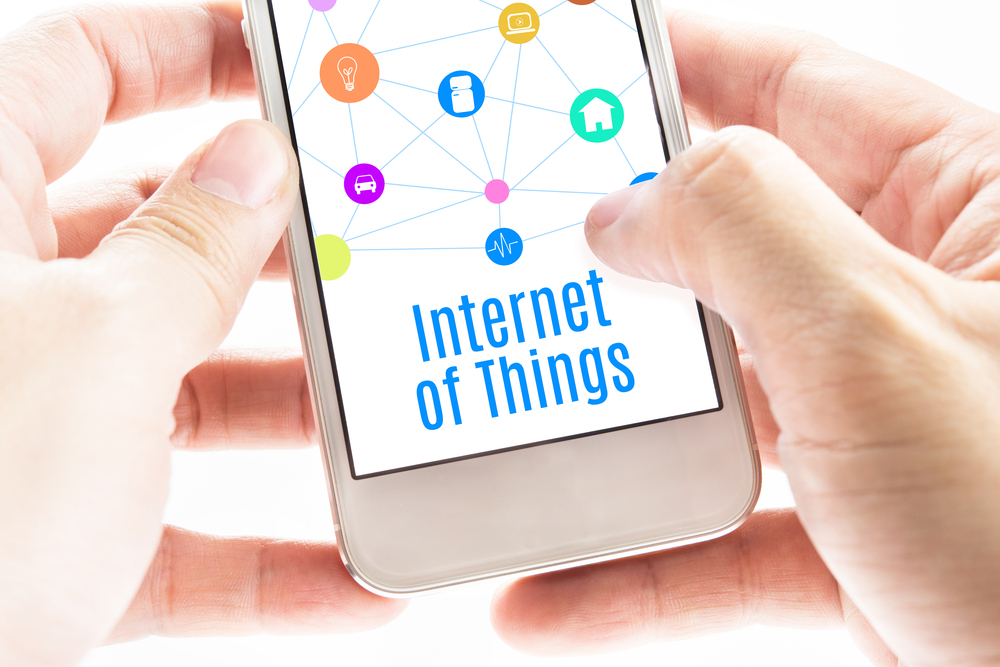The Internet of Things (IoT) presents an opportunity for technology service providers to improve their existing service levels and expand into new areas.
At its heart, the real IoT is down at the machine level where data is exchanged between connected devices and decisions are made automatically based on pre-determined thresholds and process logic.
For example, in parts of London motorists can pay for metered parking with their smartphones and get notifications when their time is about to expire. Another example is Dutch company Sparked, which is embedding transmitters in the ears of cows to monitor their health and prevent the spread of disease.
>See also: How to ethically extract value from the Internet of Things
To enable these applications, the systems rely on data in order to automate their actions. This data is either in real-time, supplied by sensors, or based on historical data that must be stored and analysed.
Service desks are increasingly responsible for managing the sensors. With a greater diversity of devices, it’s becoming necessary to monitor more devices and applications than ever before.
These devices also need to be kept up-to-date and patched. Core networking, unified communications and security are key opportunities for service desks as they become core components of the infrastructure and systems that make up the Internet of Things.
Data management will also become critical. By automating the process of inputting data in devices and uploading information to the internet, companies will be able to input and track everything, while simultaneously reducing waste, cost and loss of data.
IoT will provide businesses with significant amounts of reliable data about their customers and products. Information that has been sourced directly from an IoT enabled sensor enables an organisation to determine how its customers are interacting with its products and services, as well as how its systems and infrastructure are performing. Organisations will now have more accurate data available.
However, that generates a greater demand for storing, analysing and managing that data. The upside from that added burden is the organisation gains fact-based decision making capability and is able to deliver enhanced service levels.
Achieving these goals is not without challenges and involves considerable complexity. IoT will require technology service providers to support and manage an ever-increasing number of endpoints.
Service desks will continue to be responsible for networking, storage, security and applications – as well as thousands of endpoints that comprise the IT estate – as the IoT becomes a pervasive reality.
To do this effectively, technology service providers will need the technology that enables them to track and monitor all endpoints across every device at a glance and in real-time.
The proliferation of intelligent, connected devices and the business solutions made possible with cloud computing presents a wide array of lucrative opportunities for technology service providers to capitalise on the IoT.
Technology service providers can utilise cloud-based software to electronically control device capacity and capability, increase their margins, defend against competitive threats and significantly increase the value their solutions provide to their customers via machine-to-machine applications.
In addition, service providers can use IoT to target new markets and adapt to changing market conditions ultimately monetising their solutions with innovative and flexible new approaches to licensing, pricing and packaging.
To achieve this, they will utilise a wide range of solutions to differentiate and protect their offerings in what is already and will continue to be a highly competitive market.
That differentiated capability encompasses remote monitoring, diagnosis and service-connected products to provide more value-added and proactive support to their customers.
By monetising their intellectual property effectively, businesses can drive top line growth and recurring revenue and support a wider array of pricing and licensing models to meet varying market needs.
>See also: Next big thing: Preparing for the Internet of Things in the enterprise
In addition, they can generate additional revenues through optimising existing customer relationships and cross-selling and up-selling.
Customers with the greatest potential to sell additional or new services to and generate recurring revenues from can be identified by tracking which customers have access to which products.
Next, they can reduce the cost of their operations by electronically controlling and provisioning the capabilities and capacity of the vastly increased number of devices they manage in the IoT. Delivery of remote device monitoring and support also reduces manufacturing and fulfilment costs.
Finally, technology service providers will benefit through delivery of better customer experiences. By providing 24×7 customer access to software products and licences through a self-service portal, they can establish direct relationships with customers through multiple tiers of distribution and thereby serve them better.
Sourced from Ian van Reenen, Autotask







